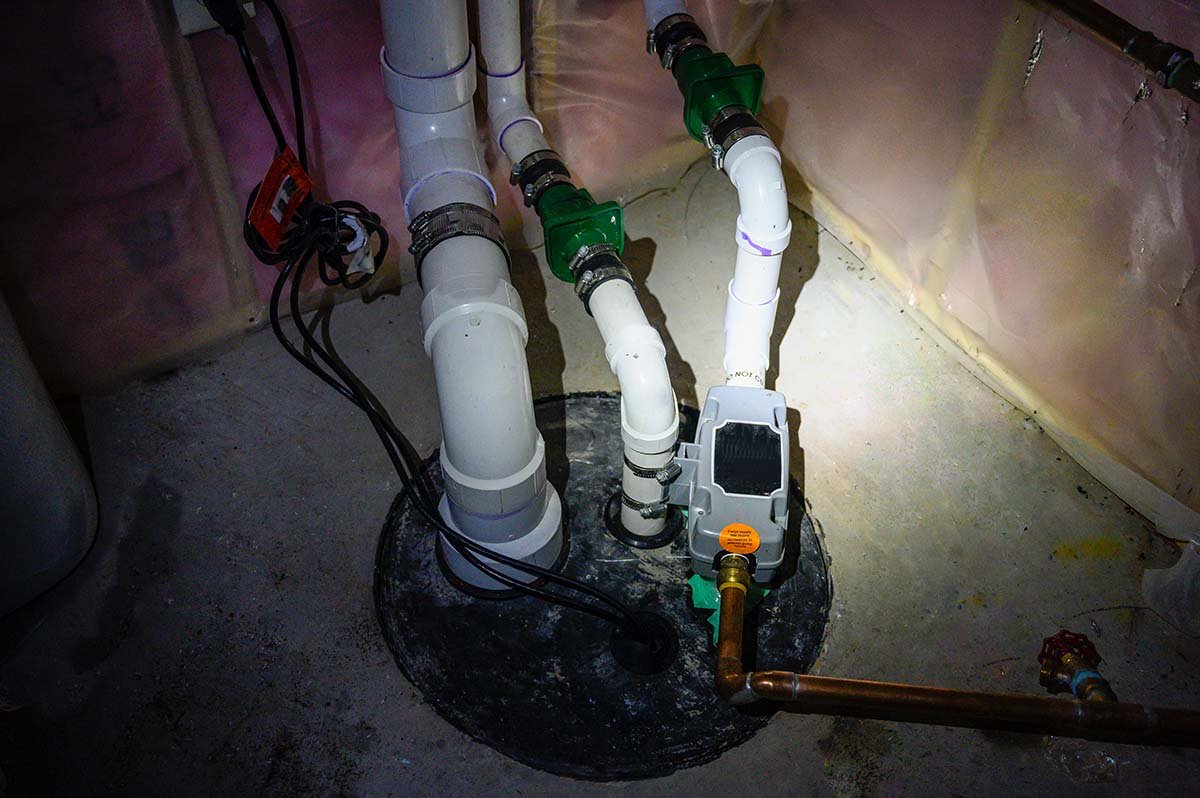Ideas to Prevent Buildings from Future Flooding
/Canadians across the country are looking forward to spring so that they can enjoy the warmer weather and more hours of sunshine every day. However, this time of year also means melting snow and increased rainfall - and water might get into homes and buildings across the Niagara area. If you are concerned about flooding in your home, here are a few ways you can help prevent it from happening.
Keep snow away from the foundation
As the snow melts, it becomes water, so if it's sitting right by your foundation, it's more likely to seep into your basement because it has nowhere else to go. Most landscapes are set up so that the land slopes away from the house, which will move water away from the foundation. However, if the snow is stacked up against the house and foundation, it may be easier to run straight down into the foundation as opposed to away from the house.
Thus, if you see any big drifts of snow next to your home, you'll want to shovel it away from your home's foundation before the weather warms up.
Install a sump pump
Having a sump pump is especially good for homes that are built in flat areas or those that sit in low-lying areas, like the bottom of a hill. A sump pump will move water out of your home's basement and allow it to flow out into the soil surrounding your home. To be safe, the discharge pipe should extend at least 2 metres away from the foundation of your home to ensure water stays away from the basement. It's important to do regular checks to ensure the sump pump is working properly and that there aren't any blockages in the pipe or drain.
During the warm days of early spring when the ground thaws and it's raining out, your sump pump could run continuously for hours. You'll be thankful that your sump pump is in good working order on those days.
Look for any cracks in the foundation
It can be difficult to see small cracks when they first form in your Niagara home's foundation, but over time they will continue to grow from the pressure of freezing and thawing. If you notice a crack in your home's foundation, but it isn't wet, don't think there isn't a problem. Even though the crack is small now, it could enlarge over time as the cycle of water freezing over the years will erode away at it.
It's important to regularly inspect your home's foundation for cracks and properly repair them. Making repairs early will be much less expensive over time since they are easier to perform when cracks are small.
Don't neglect your roof
You may be wondering why you're looking at the roof when the snow is on the ground, but snow and ice can build up over the winter on your roof. As the weather gets warmer and everything melts, if you have even one shingle that is not secure or is getting old, it could mean flooding and leaking in your roof.
Furthermore, if you don't have the proper insulation in your attic space or upper level, then it can cause heat to escape, which will melt the snow and ice on the roof, but then when it gets to the eavestrough, it will freeze again and possibly back up under the shingles. This is known as ice damming, and it can cause a lot of damage if it's not handled appropriately.
By doing a few little steps, and regular inspections on your Niagara region home, you can prevent any flooding as we enter into the warmer weather. You can enjoy the beautiful spring weather without worrying about damage to your home.
Contact Foundation Fix today
Have you already noticed moisture and issues with your foundation? Contact us today to arrange an inspection.





